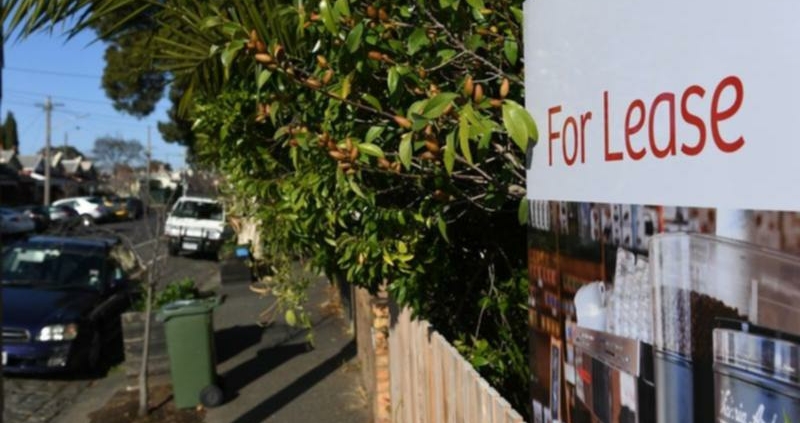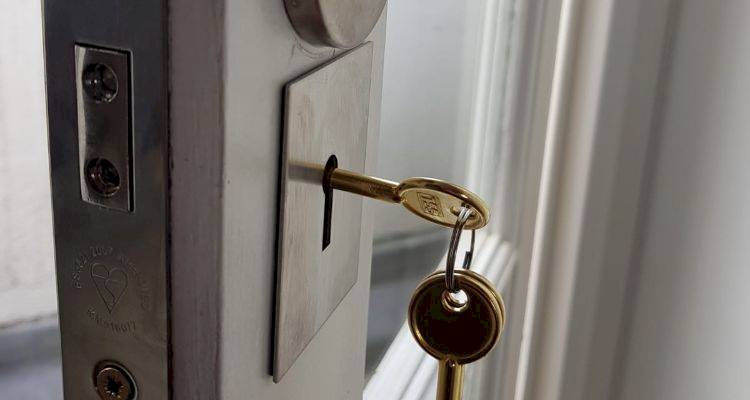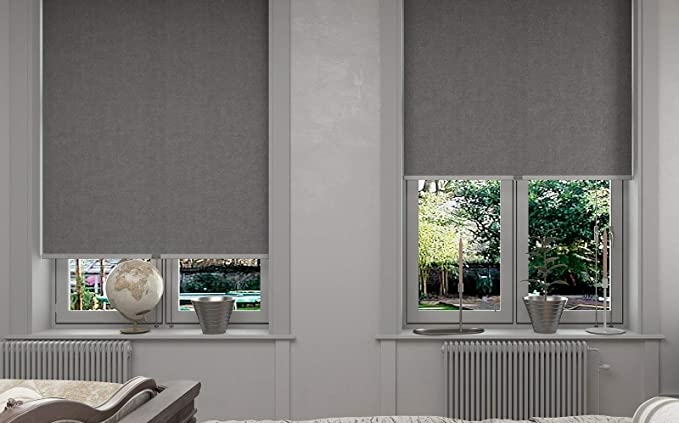Rental Minimum Standards – Door Locks
The Standard – Locks
External entry doors to a rented premises must be secured with a functioning deadlock. Doors that cannot be fitted with a deadlock must be fitted with a locking device that meets the following criteria –
(a) is operated by a key from the outside; and
(b) may be unlocked from the inside with or without a key.
There are only 2 exceptions to this rule –
(a) Public lobby doors that opens to common property; or
(b) A permit to install a locking device has been refused under the Heritage Act 2017
Deadlocks
Deadlocks are able to be fitted to almost all external entry doors. For compliance with this standard, it is likely that all external entry doors on the premises will require a deadlock.
You do not need a locksmith to install a deadlock unless you would prefer to have the lock ‘keyed alike’ with the other locks in the home. Your deadlock can be fitted by a carpentry contractor, handyman or can be a DIY project.
Deadlocks come in a variety of designs; some examples include –
|
Double Cylinder Deadbolts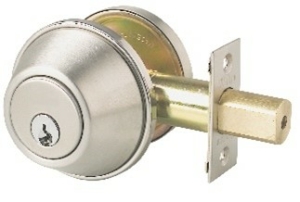
|
Mortice Deadlocks
|
|
Double Cylinder Deadlocks
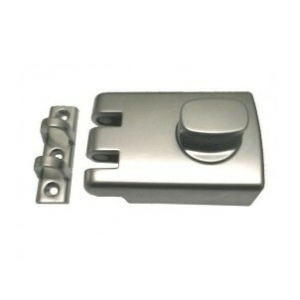
|
Sliding Door Deadlocks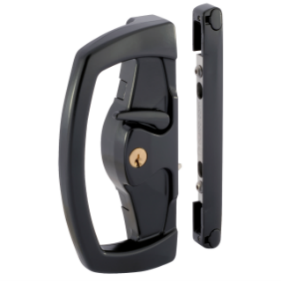
|
When a deadlock cannot be fitted
If a deadlock cannot be fitted, the standard calls for a minimum of a key operated locking device that can be operated from both inside and outside of the premises.
This means if a deadlock cannot be fitted to the entrance door, the door must have an ‘entrance set’.
An entrance set is essentially a lock integrated into the door handle which can be locked/unlocked by a key from the outside and either with a key, ‘snib’ or both from the inside.
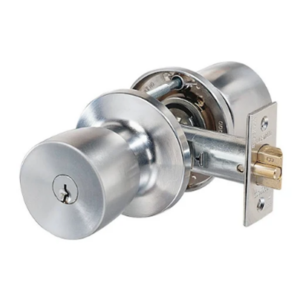
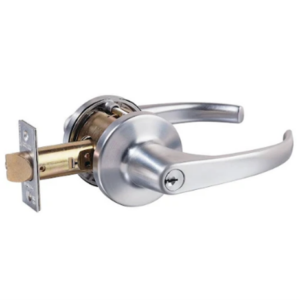
An entrance set installed in conjunction with a deadlock will provide the greatest level of security to the home. When a deadlock is installed to an entry door, there are other styles of handles that can be installed that comply with this standard.
A passage set is a handle with a latch that cannot be locked. The set allows the door to latch, but it can always be unlatched by operating the handle.
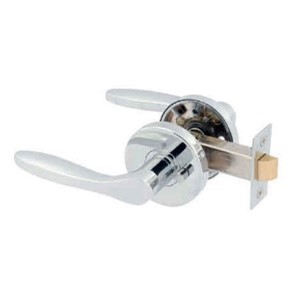
A privacy set is a handle with a snib or button on the inside that allows the latch to be locked. The latch cannot be operated from the outside or inside unless the snib or button is unlocked. While a privacy set can be installed on an entrance door, they are more suited to internal doors in bathrooms.
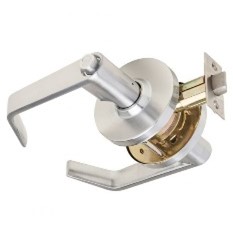
Where the standard does not apply
- A public lobby door that opens to common property
This clause applies to class 2 buildings under the national construction code including domestic apartment buildings where there may be two or more sole-occupancy units who share a common lobby.
The external entry door to the lobby itself is not governed by this standard. The entrance door to each rented unit in the apartment building must follow the standard.
- If a permit to install a locking device has been refused under the Heritage Act 2017
Places and objects assessed to be significant to the cultural heritage of the State by the Heritage Council are placed on the Victorian Heritage Register. The Heritage Act 2017 exists to provide protection and conservation of the cultural heritage of the State.
Part 5 of the Heritage Act 2017 relates to permits for registered places and objects. Under this Rental Minimum Standard, a premises is only exempt from installing deadlocks (or entrance sets if deadlocks cannot be installed) if the owner of the premises can prove they have applied for a permit with the Executive Director under The Heritage Act to install a deadlock and it has been refused.
If your property is on the Victorian Heritage Register and you require a permit to comply with this standard, you can find more information on the Heritage Victoria website.
![]() Mould and Damp
Mould and Damp
